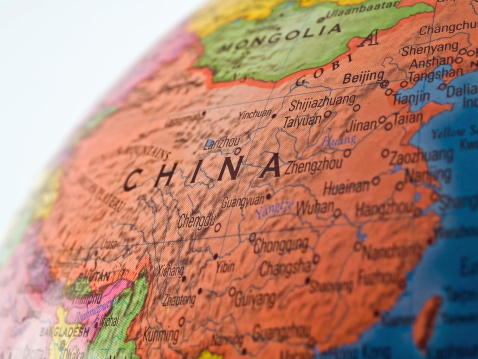China claims the unemployment rate in its cities is just over 4%. The World Bank’s analysts pegged national unemployment at 4.6% in 2013. The CIA Factbook puts the figure at 4.1%. It is not clear the extent to which these numbers are based on the same type of measures as the U.S. Bureau of Labor Statistics (BLS) uses for the United States, whether China pads the figure to improve perceptions, or whether, in an economy as diverse as China’s, a correct measure can be done at all. At any rate, the recent economic turmoil in China raises the issue of whether the jobless rate is much higher.
One key part of any unemployment analysis is what it means to have a job. In China, some factories are kept open when they do not work at full capacity. Some of the workers who had jobs at these facilities previously may still be paid. Are they working, or are they simply collecting “unemployment,” underwritten by the central government or one of the country’s 34 divisions (provinces plus government designated areas)?
One of the more difficult issues for determining unemployment in China is the jobs condition in its farm economy. According to the CIA Facebook, a third of the Chinese economy is based on agriculture. Of the people on farms, who are essentially self-employed, how many are out of work? In theory, as water and ground pollution grow, some of these farms will not be able to operate. A slackening economy could also hurt food demand.
ALSO READ: America’s Fastest Growing Jobs
The BLS definition of joblessness includes some measures that apparently are not measured in China: People who work part time but would like full-time work. People who have not looked for work recently but have in the previous 12 months. People who have looked for work but have become discouraged and stopped looking completely.
In the United States, the unemployment rate, currently at 5.1%, is defined as “total unemployed, as a percent of the civilian labor force,” also known as U3. Take the measure called U6 (total unemployed, plus all marginally attached workers, plus total employed part time for economic reasons, as a percentage of the civilian labor force plus all marginally attached workers), and the U.S. number doubles. But his figure varies substantially from state to state, just as it must in China’s provinces. How carefully is that tracked in China, or can it be?
Some academics and world economic organizations have stated that China’s jobless rate may be closer to the U6 number in the United States — about 11%. If so, the economy in the People’s Republic is much worse off than the government is saying.
ALSO READ: America’s Fastest Shrinking Jobs
Is Your Money Earning the Best Possible Rate? (Sponsor)
Let’s face it: If your money is just sitting in a checking account, you’re losing value every single day. With most checking accounts offering little to no interest, the cash you worked so hard to save is gradually being eroded by inflation.
However, by moving that money into a high-yield savings account, you can put your cash to work, growing steadily with little to no effort on your part. In just a few clicks, you can set up a high-yield savings account and start earning interest immediately.
There are plenty of reputable banks and online platforms that offer competitive rates, and many of them come with zero fees and no minimum balance requirements. Click here to see if you’re earning the best possible rate on your money!
Thank you for reading! Have some feedback for us?
Contact the 24/7 Wall St. editorial team.


